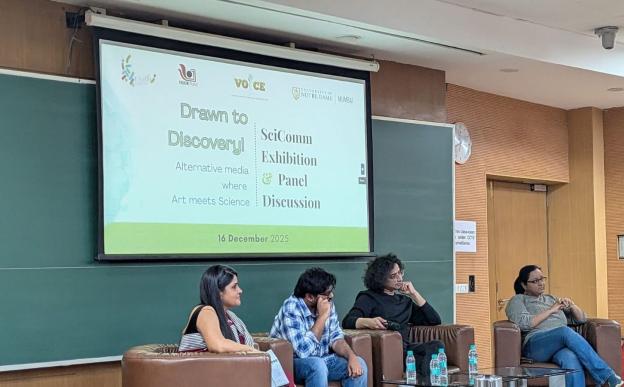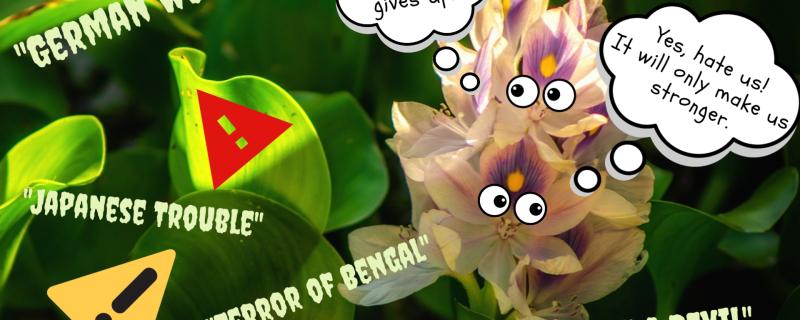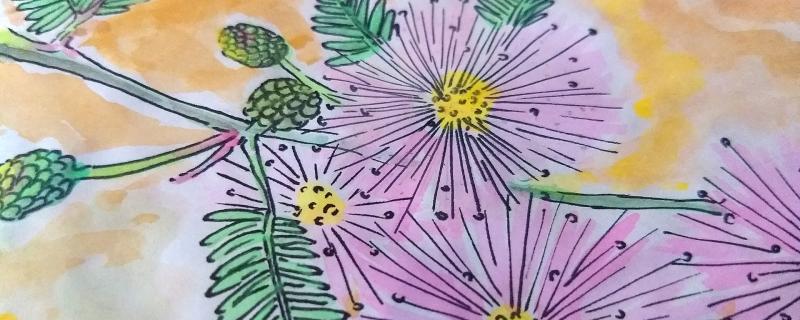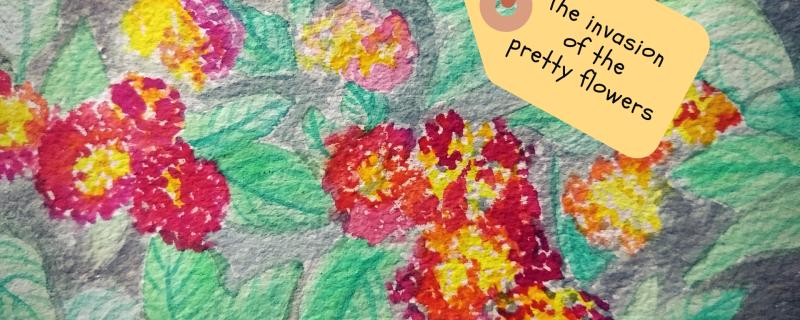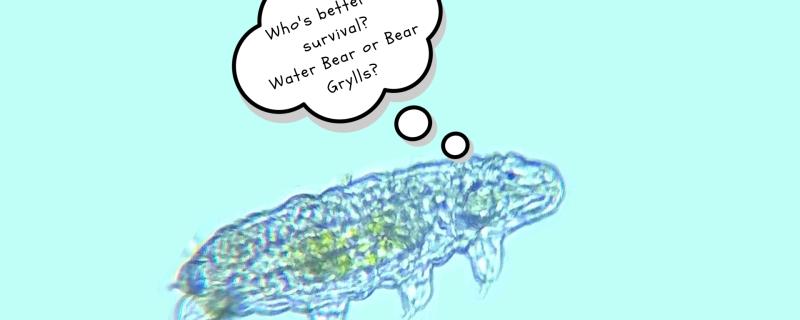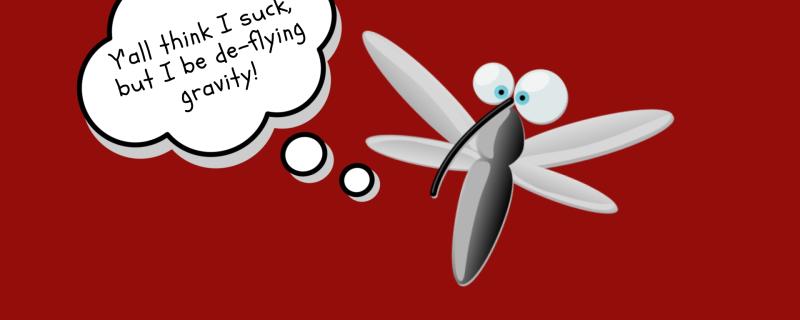Water Hyacinth (Eichhornia crassipes) is a free-floating perennial aquatic plant, native to the Amazon basin in South America. The beautiful, large, purple flowers make it a favourite ornamental plant. However, its beauty is only surface deep, since it has a bad reputation of being one of the worst aquatic weeds in the world.
The Indian Institute of Science Education and Research (IISER) Pune on Tuesday launched the VOICE Fellowship 2025
Pune/
